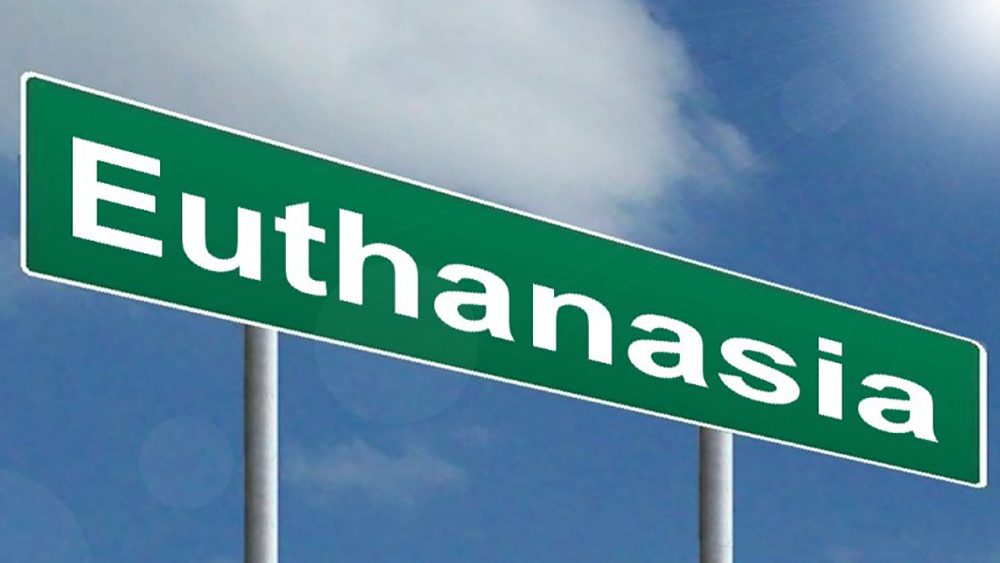NSW kills euthanasia bill, Vic still to vote
Fear of an expanding number of people being assisted to die drives opposition to the euthanasia bills currently before the Victorian and NSW parliaments. The Victorian bill could pass the upper house as early as today. It passed the lower house without amendment on October 20, 2017.
In NSW, an euthanasia bill narrowly failed in the upper house, on a knife-edge 20-19 vote.
In Victoria, the Bill is strongly supported by the Premier, Daniel Andrews, but opposed by his deputy James Merlino. (In this debate, Merlino is siding with Christians opposed to euthanasia. In the earlier clash over religious instruction in state schools, he was an opponent of the majority Christian viewpoint.)
In NSW, both the Premier Gladys Berejiklian and opposition leader Luke Foley oppose the bill.
Internationally, the trend is clear: each year more people are euthanised in the Netherlands than the year before. 5306 cases of euthanasia were notified to the Dutch authorities in 2014, 5516 in 2015, and 6091 in 2016.
Euthanasia became legal in the Netherlands on April 1, 2002, and now accounts for 4 per cent of total deaths in the country. Belgium followed soon after.
In Victoria and NSW, both sets of legislations are claimed to be among the most conservative in the world. Both started with a provision that candidates for euthanasia have a terminal illness with less that 12 months to live. The Victorian bill’s threshold is “suffering that cannot be relieved in a manner that the person considers tolerable,” and in NSW “severe pain, suffering or physical incapacity to an extent deemed unacceptable to the patient.”
The Victorian Government has resisted changes to its bill but to get it through the upper house has tightened the time period for assisted dying for most patients to six months. The twelve-month period will still apply to sufferers of neurodegenerative conditions such as motor neurone disease and multiple sclerosis.
Opponents of these bills point to the example of Belgium, which first passed a euthanasia law in 2002, but expanded it in 2014 to allow “competent minors” to request euthanasia. The first minor to be euthanised under these new regulations occurred in 2016.
The number of people euthanised in Belgium that were not expected to die in the near future has increased, according to a Canadian medical journal report. Most of these were over 80.
Supporters of euthanasia claim that this has occurred as people take advantage of the very broadly drawn criteria for euthanasia in that country’s euthanasia legislation.
The Belgian criteria allows for euthanasia in cases of physical pain (without a diagnosis of approaching death) or mental suffering.
This means that the Belgian situation can rightly be seen as an example of a slippery slope with regard to minors being given access to euthanasia, but not for adult issues such as mental suffering.
However, the definition of mental suffering can be regarded as elastic. The Netherlands as well as Belgium also allows for euthanasia in cases of mental suffering. A case in point is a 2016 case of a victim of child sexual abuse, who was given a lethal injection by Dutch doctors in 2016. Her case is particularly controversial as there was evidence that her PTSD had improved with treatment.
Pray
Some prayer points to help
Pray that the State parliaments will carefully consider the needs of the most vulnerable.


